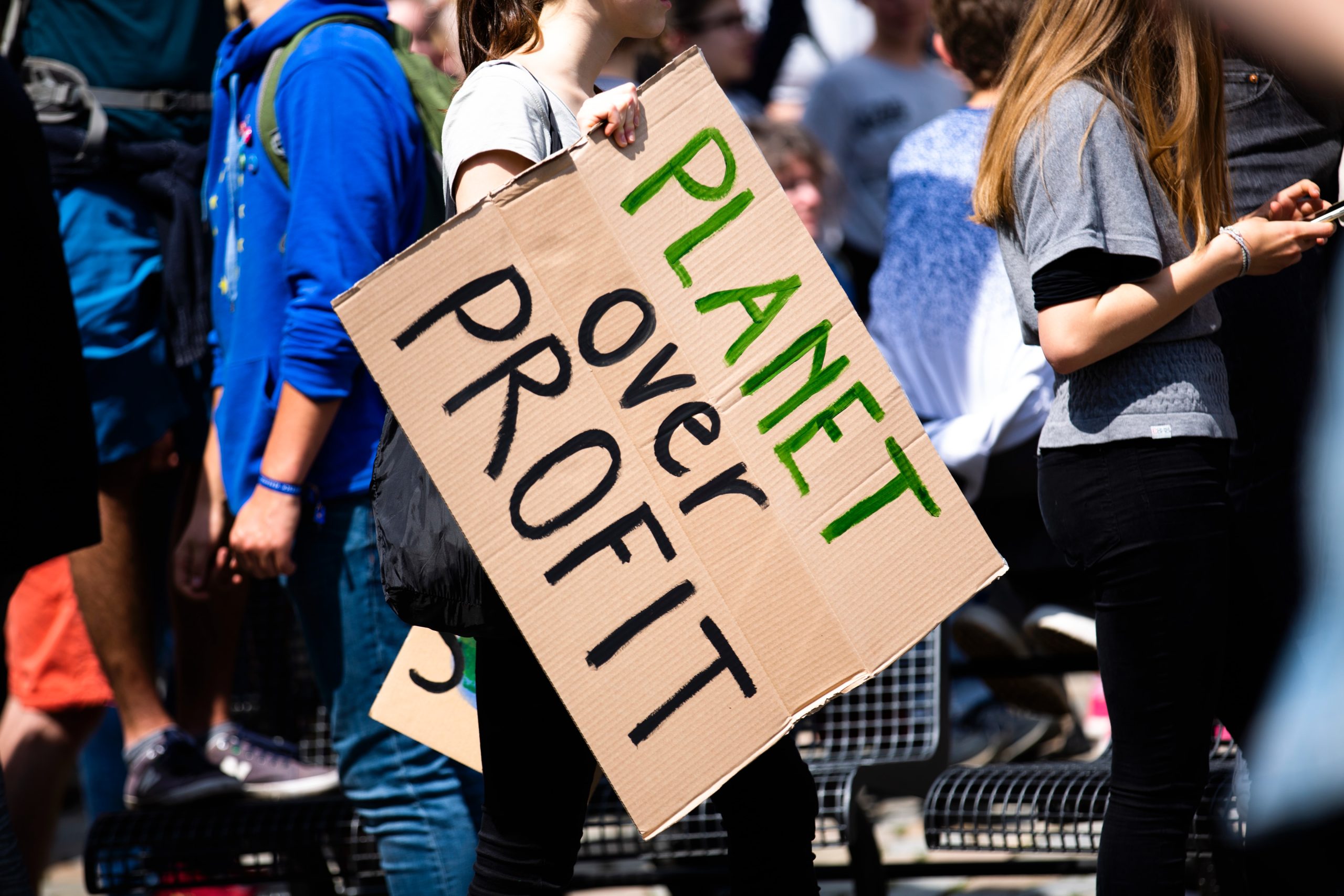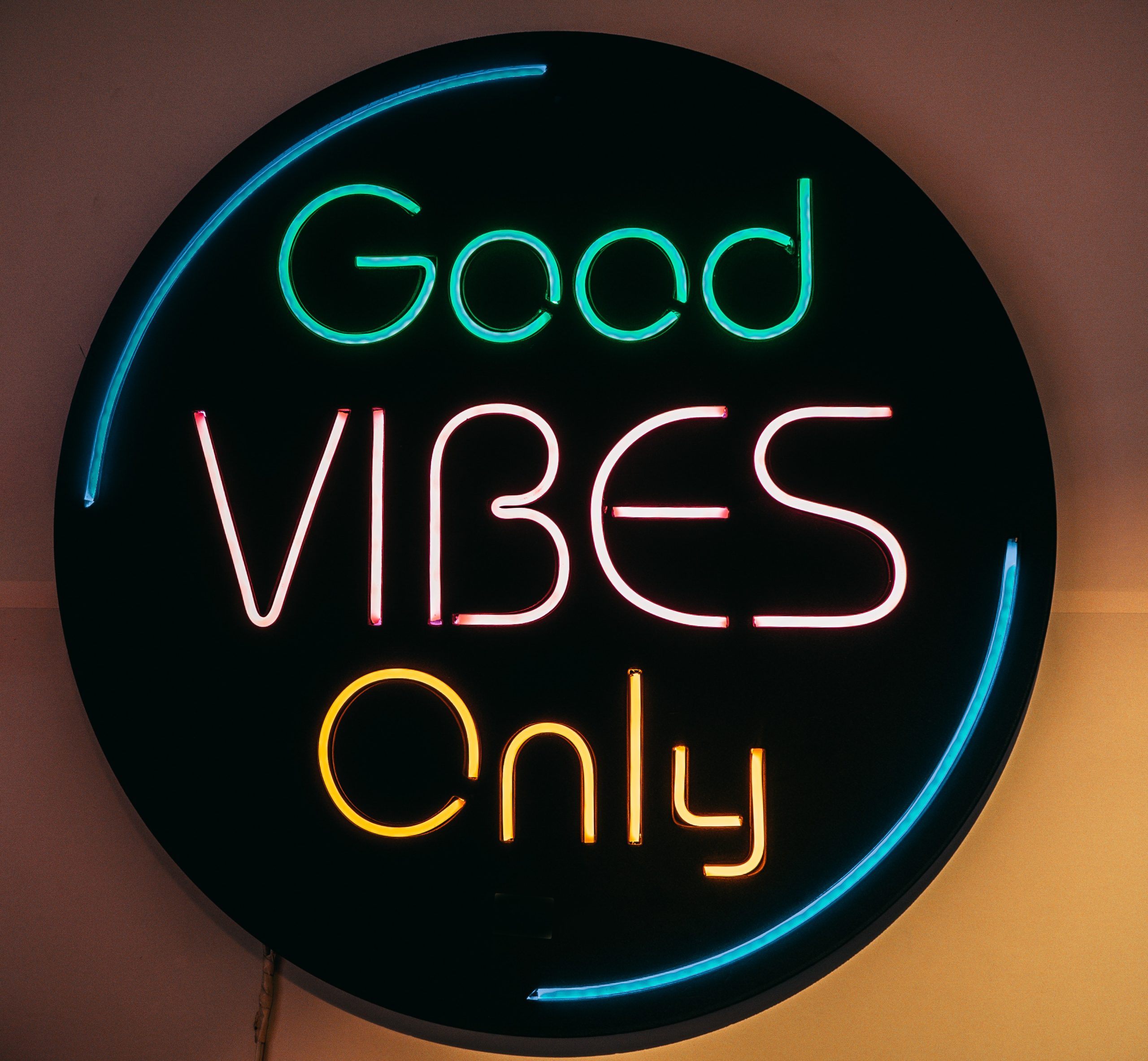Social media has become a part and parcel of our life. In today’s digital age, living without social media is difficult as you feel disconnected from the rest of the world. Social media is not only a platform to connect with friends. It has also become an important tool for digital marketing. It’s a platform where ideas, news, and content spread like wildfire, captivating the attention of millions of users around the globe. Among the vast ocean of content, certain posts manage to break through the noise and go viral on social media. But have we ever wondered what lies behind the success of viral social media content? What psychological factors contribute to their widespread popularity? In this blog, we will explore the psychology behind viral social media content and shed light on the strategies that make them so successful and eye-catchy!
Viral social media content is…
content that spreads widely and rapidly across social media platforms. It is the content that captures the attention of a wide range of users and compels them to share it with their friends and followers. The ability of viral content to capture the interest and engagement of a large number of users leads to a significant increase in likes, shares, comments, and views. Viral social media content can be of any form including videos, images, articles, memes and internet trends, etc. Many ad campaigns and social media trends have become ‘viral content’ due to unique ideas and marketing efforts.
Strategies for viral content
For content to become viral is not a matter of mere luck. There is no guaranteed formula for creating viral social media content. But a lot of content creation strategies, head storming and techniques are put forward to increase the chances of content going viral. Some key strategies for viral content include:
- Relatability: People should relate to the content and the message or the intention of the content should resonate with a wide range of audiences. By tapping into the current trends and focusing on emotions and challenges, content creators can make their content relatable. Once the audience thinks that the story is relatable, they will be compelled to share the content making it viral.
- Humour: Life is hard. We always have some thoughts going on in our minds. It can be about our personal life, work, family, and whatnot. Funny and entertaining content gives us relief from all these daunting thoughts. Funny content with pure humour has a likelihood of being shared widely as people love to share joy and laughter with their network.
- Informative: Curiosity is another powerful motivator for sharing content. People are more likely to share content that they find helpful or informative. Videos or images that share information about beautiful distant places or rare sea animals instantly gain social media engagement.
- Visual appeal: Viral social content is always visually appealing. High-quality images, nice videos, designs, and a well-written piece are more likely to go viral.

Emotional appeal in viral social media
Content that evokes emotional responses among the audience is most likely to go viral. When we come across content that triggers an emotional response, whether it’s laughter, awe, or empathy, we are more inclined to share it. Emotional content helps the audience to connect, relate and eventually share the content. #LastSelfie was a viral campaign by the WWF that got a lot of engagement due to the emotional concern it evoked. It was a powerful initiative aimed at raising awareness about species extinction. The campaign featured a series of images showcasing endangered animals taking selfies. Each image was captioned with a heartbreaking message about the animal’s plight. This also shows how effectively social media can be used to raise awareness and encourage people to be concerned about the environment.
Motivational factors
People love to share content that motivates them and helps them to motivate others. On social media, content that helps people to look good to others is highly shared. Motivational factors can vary from person to person. Often factors like self-validation, information sharing, etc work for content to become viral.
Some social media viral trends
Social media is constantly evolving and so as the social media trends. It might take some time for a trend to become popular, but once it does, it takes over all social media.
User-generated content is now very much in trend where social media users take part in some challenges or create content based on some hashtags. Once you participate in such trends, it is likely to get traction due to the ongoing popularity of the trends.
Influencers are now the celebrities of social media. Influencers are individuals with a large following and influence on social media. Many small or big brands approach influencers to endorse their product, so that they can immediately gain traction among their followers.
With time, new trends will come up and those will change the dynamics of social media and even the psychology behind the viral trends. It will be interesting to observe the transformation of social media trends over time.
Psychological Analysis of viral campaigns
Sometimes, content goes viral unintentionally. In such cases or just while studying the trend of viral content, a psychological analysis of viral campaigns can provide valuable insights into what makes content go viral. Psychological analysis of viral campaigns involves studying the underlying factors that contribute to their success. It includes understanding human behaviour and social dynamics. As we have already discussed, viral content must reflect some of the discussed strategies and should have emotional appeal or motivational factors. Curiosity and the Information Gap Theory can also play a great role in making content viral.
Viral social media content is a powerful tool for digital marketing. So, for content to go viral, one should first perform a psychological analysis of the famous viral content minutely to understand the underlying factors. This analysis will help marketers to gain insights into the psychological mechanisms that drive sharing behaviour and design strategies to create content that is more likely to go viral. So, next time you see a beautiful video or a hilarious meme, do not forget that a lot of brainstorming has been done to create strategies and then that content was created to drive sharing behaviour among the audience.



